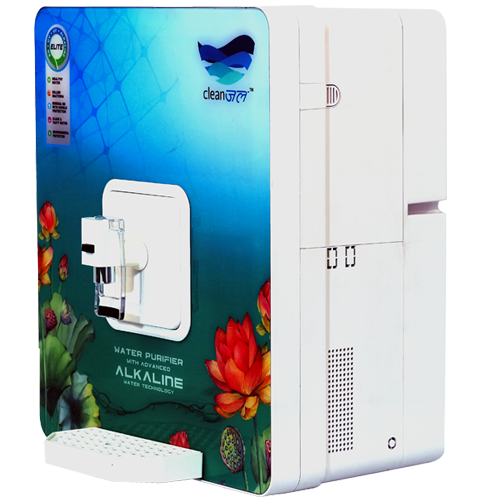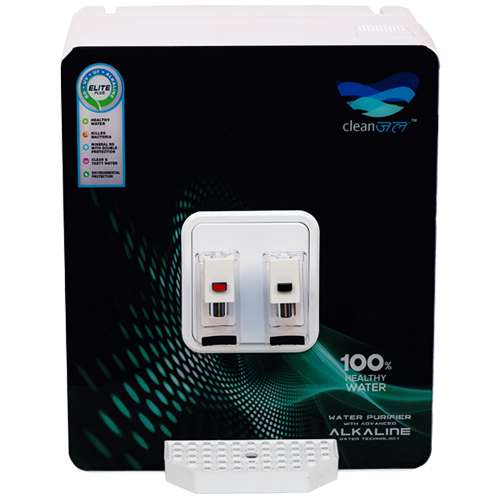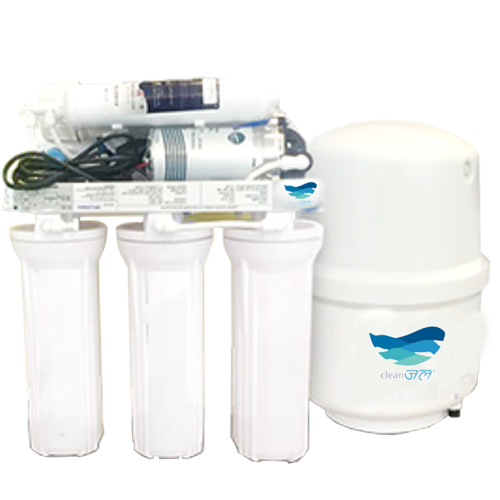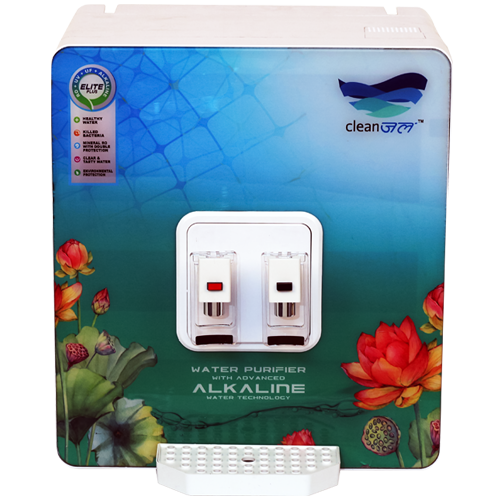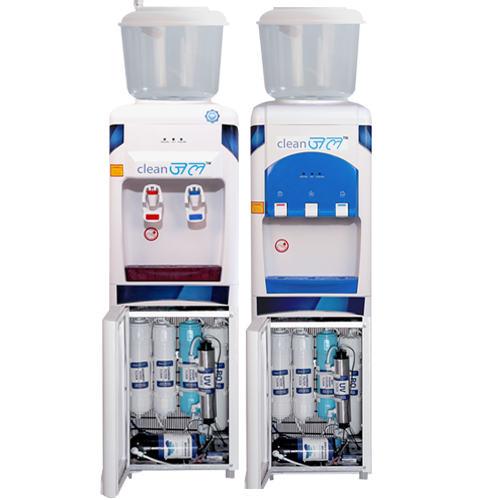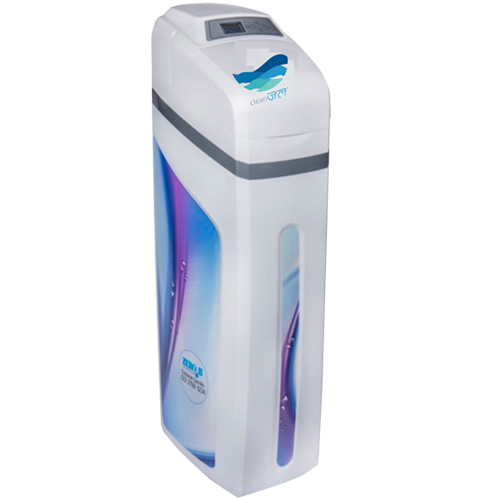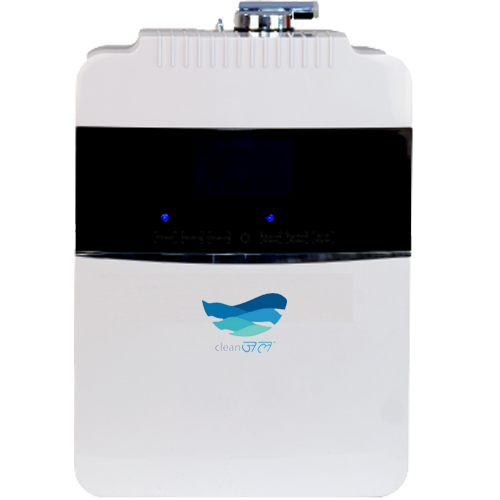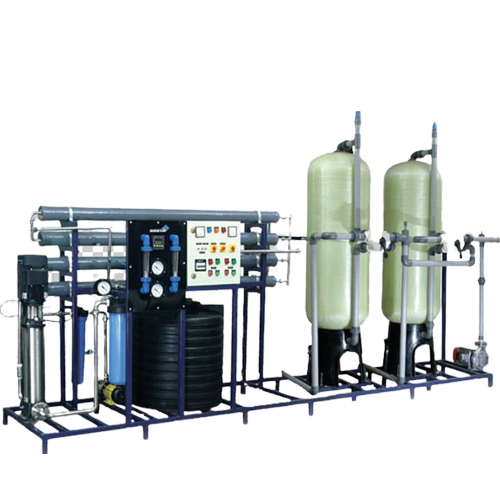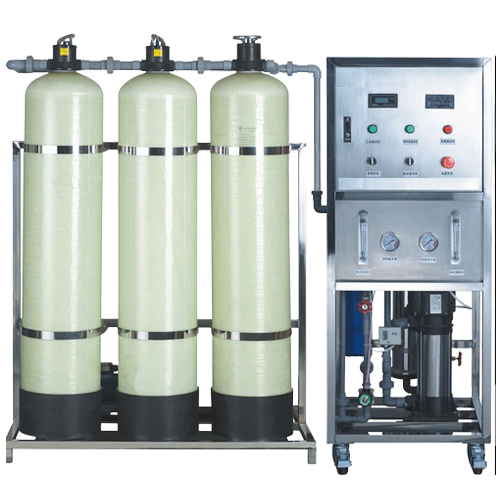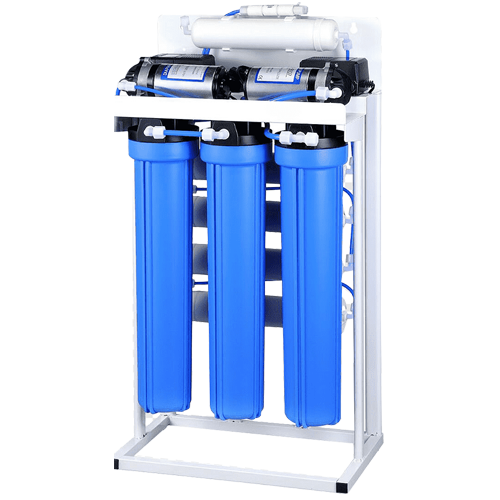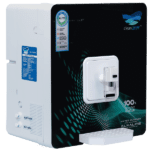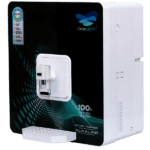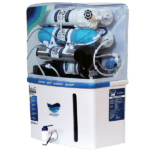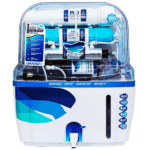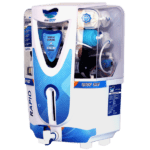You’ve probably heard of water treatment and water purification, but what do they mean and how do they differ? With the increasing importance to safeguard our environment, we need to understand the difference between these two processes.
Water treatment involves treating contaminated water so that it can be used for its intended purpose. It uses physical, chemical, or biological processes to reduce the concentration of pollutants and make the water safe for use. On the other hand, water purification is a process that goes beyond removing contaminants from raw water by using a combination of physical, chemical, and biological treatments.
In this blog post, we will dive into more detail on what each of these processes is as well as what their differences are. We will also look at why both processes are essential in providing clean and safe drinking water.
What is water treatment?
Water treatment is the process of improving the quality of water so that it is more suitable for a particular use. Water purification, on the other hand, is the process of removing impurities from water.
Water treatment can involve several different methods, including filtration, aeration, and chlorination. The type of treatment that is used will depend on the quality of the water that is being treated and the purpose for which it is being used. For example, water that will be used for drinking needs to be treated more carefully than water that will be used for irrigation.
Water purification generally involves removing contaminants from water so that it is safe to drink. This can be done through a variety of methods, including reverse osmosis, distillation, and ultraviolet light disinfection.


What is water purification?
Water purification is the process of removing contaminants from water to make it suitable for use. This can be done through a variety of methods, such as filtration, distillation, or reverse osmosis.
Water purification is necessary to make sure that water is safe to drink. Contaminants in water can come from a variety of sources, such as agriculture, industry, sewage treatment plants, and natural sources.
There are several different water purification technologies available, each with its own advantages and disadvantages. The most appropriate technology for a particular application depends on the type and concentration of the contaminants present in the water.
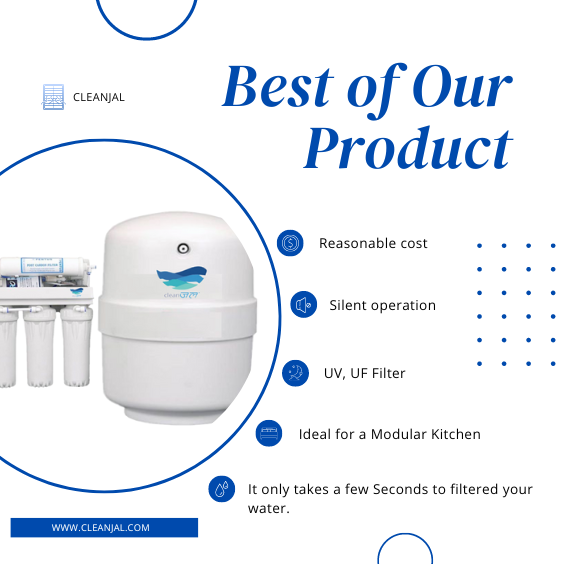

The difference between water treatment and water purification
Most people believe that water treatment and water purification are the same. However, there is a big difference between the two! Water treatment refers to the process of making water safe to drink by removing contaminants from it. Water purification, on the other hand, is the process of making water clean by removing all impurities from it.
Water treatment is a necessary step in the production of drinking water. It is also used in different industries to make sure that their products are free of contaminants. Water purification, on the other hand, is not a requirement for producing safe drinking water. It is mostly done for aesthetic purposes or to remove specific impurities from water.
The main difference between water treatment and water purification lies in their respective goals. Water treatment seeks to make water safe to drink by removing harmful contaminants from it. Water purification, on the other hand, goes beyond just making water safe to drink. It also aims to remove all impurities from water, regardless of whether they are harmful or not.
Why is water purification important?
Water purification is important because it removes contaminants from water that can cause illness. Treatment only removes certain types of contaminants, so it is not as effective at making water safe to drink.
How to purify water at home
There are many ways to purify water at home, but the most common and effective method is to boil the water. Boiling water will kill any harmful bacteria or viruses that may be present in the water. To boil water, simply bring a pot of water to a boil and let it boil for at least one minute. You can also add a pinch of salt to the boiling water to help purify it further.
Another way to purify water at home is to use a water filter. There are many different types of water filters available on the market, so make sure you choose one that is appropriate for your needs. Some filters are designed to remove specific contaminants from the water, while others simply improve the taste and smell of the water.
If you are using a public water supply, you can also purify your water by using a home filtration system. These systems are designed to remove impurities from tap water, making it safe to drink. There are many different types of home filtration systems available, so make sure you choose one that is right for your needs.
Conclusion
Water treatment and water purification are two very different processes. Water treatment is used to remove unwanted contaminants from drinking water, while water purification goes a step further by removing harmful microorganisms that can cause illness or disease.
Both processes play an important role in ensuring clean and safe drinking water for the public, but they do so in different ways. By understanding the differences between these two methods of providing clean drinking water, we can better protect our health and environment for generations to come.


